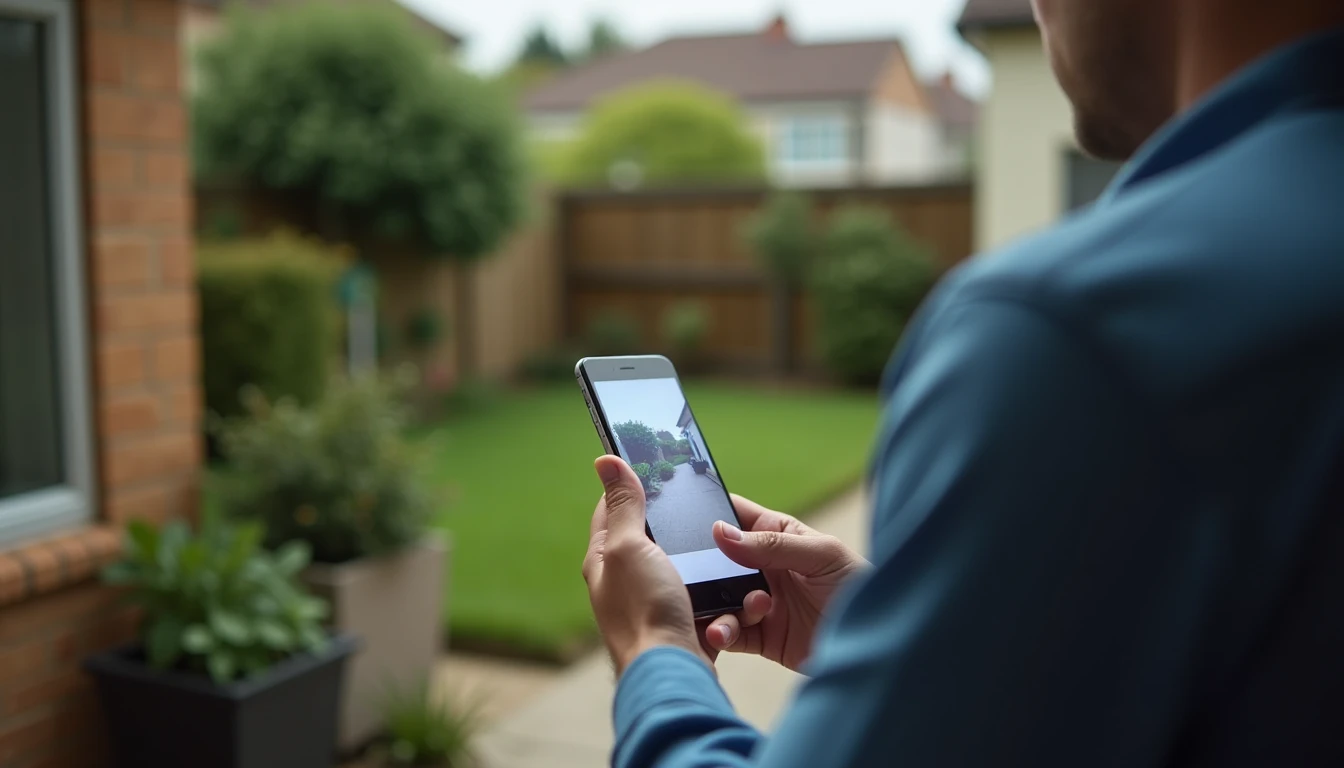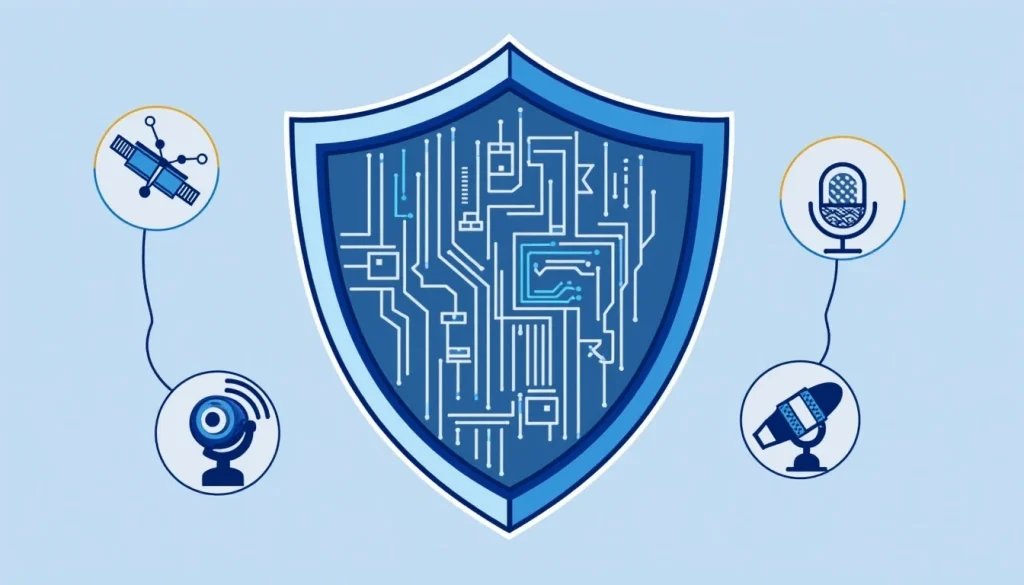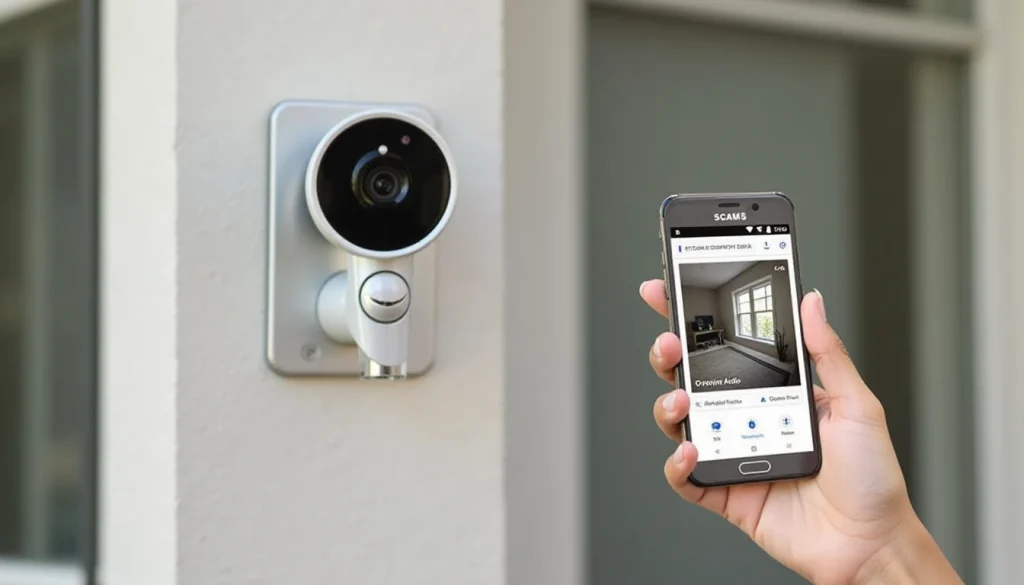How AI-Based Analytics Can Improve Your Home Surveillance System
Enhanced Real-Time Detection Capabilities
The integration of AI-based analytics into home surveillance systems has revolutionized the way we monitor our environments. Traditional cameras rely on human operators to identify anomalies or unusual activities, which can be both time-consuming and prone to errors. In contrast, AI algorithms are designed to process video feeds in real-time, identifying patterns and deviations from normal behavior with high accuracy.
AI-powered analytics utilize machine learning models that have been trained on vast datasets of typical household activities. These models can detect a wide range of unusual behaviors, such as objects moving at unexpected times or individuals loitering outside designated areas. By leveraging deep learning techniques, the system can continuously improve its detection capabilities through ongoing training and adaptation to new scenarios. This ensures that even subtle changes in behavior are not missed, providing homeowners with enhanced situational awareness.
Furthermore, AI-based analytics offer a level of object recognition that goes beyond basic motion detection. Advanced algorithms can differentiate between people, animals, vehicles, and other objects, allowing for more precise alerts and notifications. For example, if a pet is moving around the yard during regular hours, the system will not trigger an alert, but it will notify homeowners if unfamiliar individuals are detected near their property. This contextual understanding significantly reduces false positives and ensures that only relevant threats are brought to attention.

Predictive Analytics for Proactive Security
One of the most valuable aspects of AI-based analytics is its ability to provide predictive insights into potential security threats. By analyzing historical data, these systems can identify patterns and correlations that may not be immediately apparent to human operators. This capability allows homeowners to anticipate and mitigate risks before they escalate.
Machine learning algorithms are adept at recognizing subtle changes in behavior over time. For instance, if a system detects an increasing number of individuals loitering near the property or unfamiliar vehicles parked outside, it can issue a warning even before any overtly suspicious activity occurs. Predictive analytics also enables the system to learn from past incidents and refine its predictions based on evolving threat landscapes.
Moreover, predictive analytics can integrate with external data sources such as weather reports, crime statistics, and neighborhood watch alerts. This comprehensive approach provides homeowners with a holistic view of their security environment. For example, if severe weather conditions are expected in the area, the system can automatically enhance surveillance coverage or trigger additional notifications to ensure preparedness.
Customizable Alerts for Personalized Security
AI-based analytics offer a high degree of customization, allowing homeowners to tailor alerts and notifications to suit their specific needs and preferences. This level of personalization ensures that security systems are not only effective but also user-friendly, enhancing overall satisfaction and engagement.
Homeowners can define specific parameters for alert triggers based on their unique living situations. For example, parents with young children may want the system to notify them whenever someone approaches the play area or if any unusual activities occur in areas designated as off-limits to unauthorized individuals. Similarly, those concerned about package theft might set up alerts for any unattended packages left outside.
The customization extends beyond just trigger settings; homeowners can also choose how they receive notifications. Alerts can be sent via email, SMS, push notifications, or even integrated with smart home devices like speakers and lights. This flexibility ensures that homeowners are always aware of potential threats in a manner that is convenient for them. Additionally, AI-based systems can learn from user interactions to further refine alert preferences over time, offering increasingly relevant and actionable insights.
Integration with Smart Home Ecosystems
The integration of AI-based analytics into home surveillance systems opens up new possibilities for seamless interoperability with smart home ecosystems. By leveraging existing infrastructure, these advanced systems can provide enhanced security while also contributing to the overall functionality and convenience of a connected home environment.
AI-powered surveillance cameras can be easily integrated with other smart devices such as doorbells, locks, and lighting systems. For instance, when an unusual activity is detected, the system can automatically trigger lights or activate security cameras at key entry points, enhancing visibility and deterring potential intruders. Additionally, these cameras can work in conjunction with smart thermostats to adjust temperatures based on occupancy patterns, saving energy while maintaining optimal living conditions.
The integration also extends to voice assistants like Amazon Alexa or Google Assistant, allowing homeowners to control surveillance systems using simple voice commands. This capability enables users to check camera feeds, receive real-time alerts, and manage system settings without needing to physically interact with the devices. The result is a more intuitive and user-friendly experience that enhances both security and convenience.
Furthermore, AI-based analytics can be used to optimize smart home automation routines based on detected activities. For example, if the system identifies frequent entry or exit times, it can automatically adjust lighting schedules, unlock doors, or activate smart appliances at appropriate intervals. This level of integration not only improves safety but also enhances overall efficiency and comfort within the home.
Privacy Considerations in AI-Based Surveillance
While the benefits of AI-based analytics for home surveillance are numerous, there is a pressing need to address privacy concerns associated with these advanced technologies. As systems become more sophisticated, homeowners must be mindful of how their data is collected, stored, and used to ensure that their personal information remains protected.
One key aspect of maintaining privacy in AI-based surveillance is the implementation of robust encryption protocols for data transmission and storage. Encryption ensures that video feeds and associated metadata are secure from unauthorized access, preventing potential breaches or leaks. Additionally, users should be provided with clear options to control how much data is collected and stored, allowing them to balance security needs with privacy preferences.
Another important consideration is the transparency of AI algorithms used in surveillance systems. Homeowners have the right to understand how their data is processed and what kinds of insights are derived from it. This transparency can be achieved through detailed documentation and user-friendly interfaces that explain algorithmic decision-making processes. Furthermore, regular audits by third-party security experts can help verify compliance with privacy standards and identify potential vulnerabilities.
Finally, ethical guidelines should govern the deployment and use of AI-based analytics to ensure responsible practices. These guidelines should address issues such as data retention policies, user consent mechanisms, and safeguards against misuse or overreach. By adhering to these principles, manufacturers and developers can foster trust among users while maximizing the benefits of AI technology in home surveillance systems.




